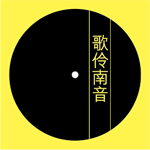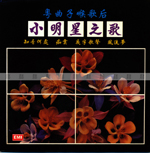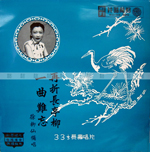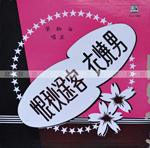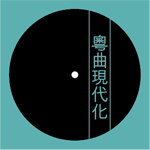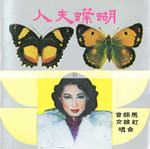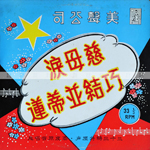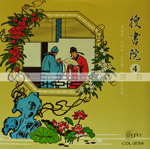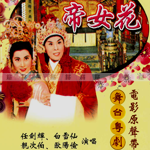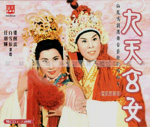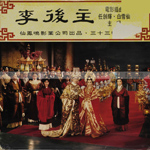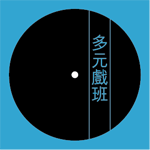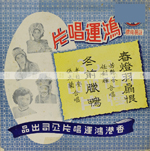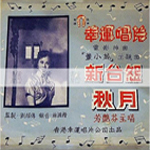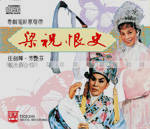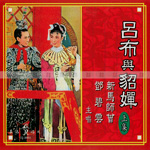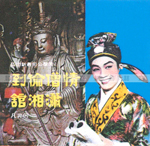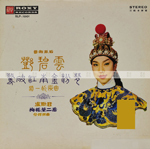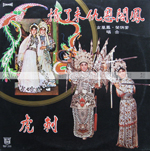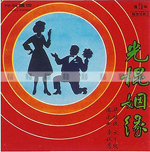Since the early twentieth century, Hong Kong has always been an important venue for Cantonese opera development. After 1949, as a result of political turmoil in the Mainland, performers and troupes converged and resettled in the territory, leading to a tremendous prospering of Cantonese opera in the subsequent decade. This development is linked intimately with the rise of the electronic media.
Performers and troupes began to grasp the possibilities offered by film and radio to re-examine age-old performance practices with regard to acting, singing, script writing, instrumentation, and stage set-up. They brought in novel elements from the theatre and movie world, and participated in the production of films and records. With these acts, they are extending the movement to modernize Cantonese opera that began in the 1930s.
Wong Jum-sum was thoroughly immersed in the world of Cantonese opera from young. Through his close encounter with master performers like Hung Sin-nui, Ma Si-tsang, Yam Kim-fai, Pak Suet-sin and Tong Dik-sang, he witnessed first hand the modernization of Cantonese opera, and was mightily moved by the adventure and passion he saw.
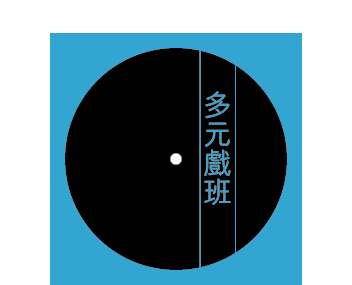
There were of course many more progressive troupes besides Chun Sin Mei and Sin Fung Ming.
In fact, the 1950s is often seen retrospectively as the golden era of Cantonese opera performance in Hong Kong. Wong Jum-sum wrote at length in his doctoral thesis on the multitude of stars and maestros, both established and upcoming, that lit up the scene at that time.
The competition and mutual inspiration among these performing groups ensured that Cantonese opera enlarged its already significant presence in society, and rather unexpectedly, became a founding constituent of the next round of modern Canto pop music.

